Are you considering a pet other than cats and dogs? Exotic pets can make excellent companions for children, offering unique learning experiences and fostering responsibility. Here are the top exotic pets for kids, with details on their care, temperament, and suitability for young pet owners.
1. Leopard Geckos
Leopard geckos are small, low-maintenance reptiles known for their friendly demeanor. They come in various colors and patterns, adding a touch of vibrancy to your home.
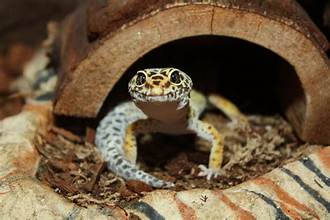
- Diet: Insectivores feed them crickets and mealworms.
- Habitat: A terrarium with heating elements to maintain a temperature gradient of 75-90°F.
- Care Needs: Clean their habitat weekly and ensure they have access to fresh water.
- Why They’re Great for Kids: They’re docile, easy to handle, and require minimal care compared to other reptiles.
2. Guinea Pigs
Guinea pigs are gentle and social rodents that thrive on companionship.
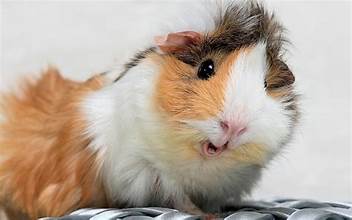
- Diet: Hay, fresh vegetables, and guinea pig pellets.
- Habitat: A spacious cage with bedding that’s cleaned weekly.
- Care Needs: Regular grooming and daily interaction.
- Why They’re Great for Kids: They’re affectionate, easy to bond with and teach children responsibility through daily feeding and grooming.
3. Parakeets (Budgies)
These small, colorful birds are lively and entertaining.
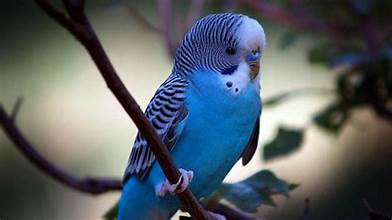
- Diet: Birdseed mix, fresh fruits, and vegetables.
- Habitat: A medium-sized cage with perches, toys, and space to fly.
- Care Needs: Clean their cage regularly and provide fresh water daily.
- Why They’re Great for Kids: Parakeets can learn tricks and mimic sounds, making them interactive and fun companions.
4. Hermit Crabs
Hermit crabs are fascinating creatures with unique behaviors, such as shell-swapping.
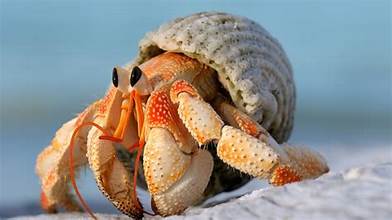
- Diet: Commercial hermit crab food supplemented with fruits and vegetables.
- Habitat: A tank with sand or coconut fiber substrate and a 70-80% humidity level.
- Care Needs: Provide fresh and saltwater dishes and monitor their shell collection for growth.
- Why They’re Great for Kids: They’re low-maintenance and offer a glimpse into marine life.
5. Rabbits
Rabbits are cuddly and playful, making them a favorite among children.
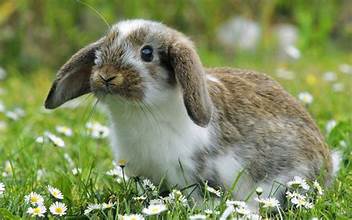
- Diet: Hay, fresh greens, and rabbit pellets.
- Habitat: A large enclosure with room to hop and a litter box.
- Care Needs: Regular grooming and plenty of out-of-cage playtime.
- Why They’re Great for Kids: Rabbits are interactive, social animals that form strong bonds with their owners.
6. Betta Fish
Betta fish are colorful, hardy, and relatively easy to care for.
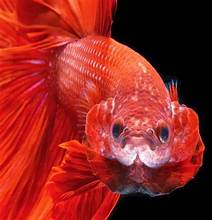
- Diet: Betta pellets and occasional freeze-dried bloodworms.
- Habitat: A small tank with clean, warm water.
- Care Needs: Regular tank cleaning and water changes.
- Why They’re Great for Kids: Watching their vibrant colors and flowing fins can be mesmerizing and calming.
7. Corn Snakes
Corn snakes are non-venomous and known for their docile nature.

- Diet: Pre-frozen mice (thawed before feeding).
- Habitat: A secure terrarium with hiding spots and a temperature gradient.
- Care Needs: Minimal; clean their habitat bi-weekly and ensure they have fresh water.
- Why They’re Great for Kids: They’re easy to handle and can spark a fascination with reptiles.
8. Axolotls
Axolotls are aquatic salamanders with a captivating appearance.
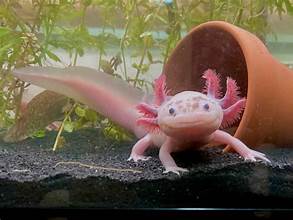
- Diet: Worms, pellets, and frozen food.
- Habitat: An aquarium with cool, filtered water.
- Care Needs: Keep their water clean and at a stable temperature (60-64°F).
- Why They’re Great for Kids: Their unique look and low-maintenance care make them an excellent conversation starter.
9. Chinchillas
Chinchillas are soft, playful rodents that are active at night.
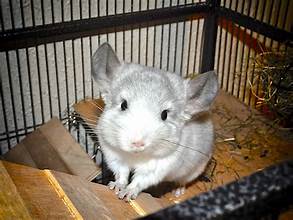
- Diet: Hay, chinchilla pellets, and occasional treats.
- Habitat: A multi-level cage with hiding spots and dust for bathing.
- Care Needs: Clean their cage weekly and provide dust baths regularly.
- Why They’re Great for Kids: Their fluffy fur and playful antics are sure to delight.
10. Tarantulas
Tarantulas might not be for everyone, but they’re surprisingly low-maintenance.
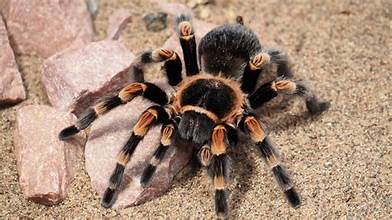
- Diet: Crickets and other small insects.
- Habitat: A terrarium with dry substrate and hiding spots.
- Care Needs: Provide water in a shallow dish and clean their enclosure occasionally.
- Why They’re Great for Kids: They’re intriguing and offer a unique way to learn about arachnids.
Conclusion
Exotic pets can enrich a child’s life with new responsibilities and a sense of wonder. When choosing an exotic pet, consider your child’s age, interests, and ability to meet the pet’s needs. These unique companions can become beloved family members with proper care and attention.

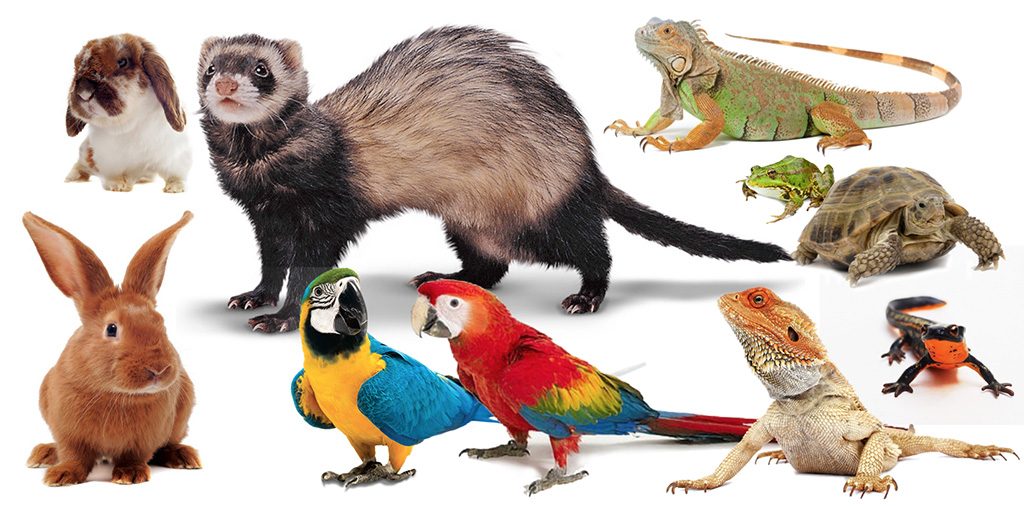
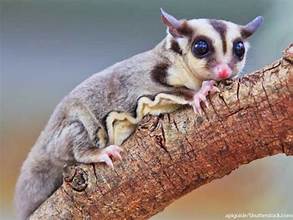
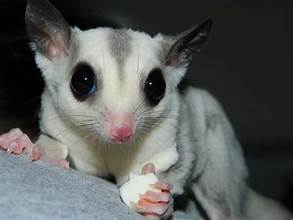

Pingback: The Best Way To Handle Your Exotic Pet Emergancy - Positvley Pets
Pingback: Bringing Colorful Macaws into Your Life through Adoption - Positvley Pets
Pingback: Zoonotic Diseases: Everything You Need To Know - Positvley Pets
Pingback: How to Train and Socialize Exotic Pets - Positvley Pets